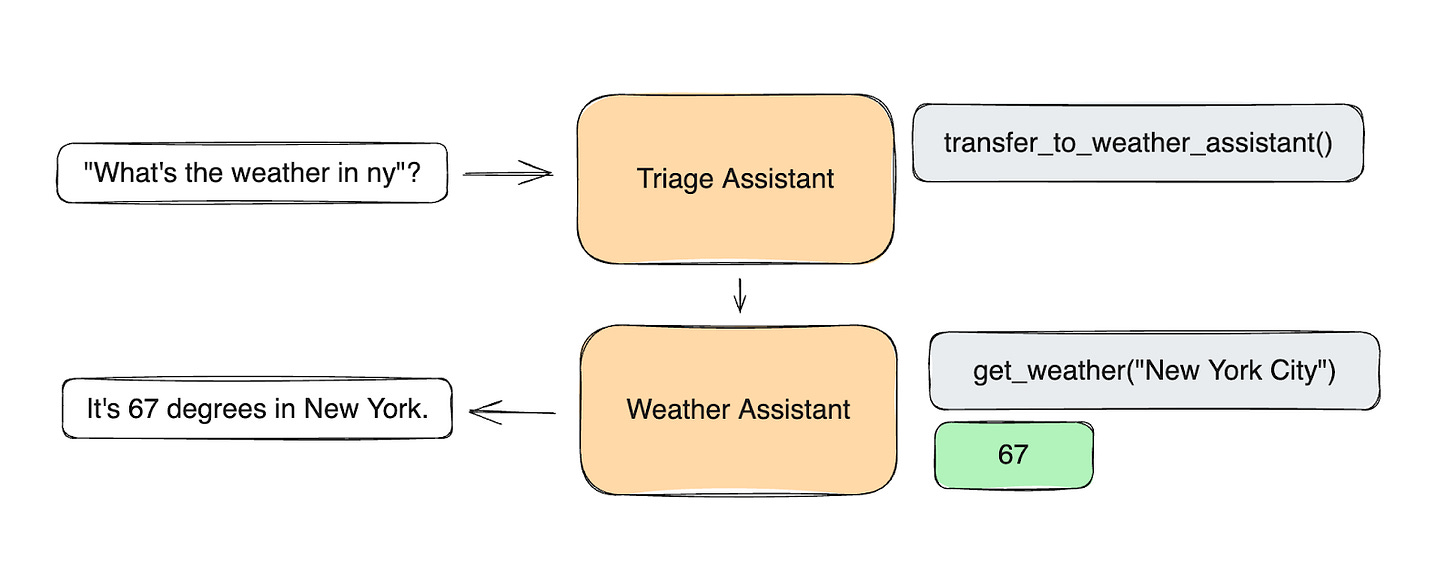The author(s) owns BTC and options positions in ETH (disclaimer).
1. Introduction:
Decentralized AI is gaining momentum, with swarms—specialized agents working together—emerging as a key evolution.
Swarms could enhance sectors like trading and marketing, improving scalability and flexibility in decentralized systems.
The $13.7 billion AI agent market could double with swarm adoption, signaling strong growth potential.
But can swarms deliver on their promise, or are they just another buzzword?
Key Report Insights:
Growth Potential Capped: Swarms may double the $14B agent sector but likely won’t replace large models, limiting growth.
Potential TradFi Interest: OpenAI’s Swarms GitHub signals growing mainstream interest in swarm solutions.
Implementations of Swarms: Spectral and Kolin showcase swarms enhancing DeFAI and marketing efficiency.
2. Agent Swarms, Deconstructed:
A. What Are Agent Swarms?
Agent swarms mimic natural systems like bee colonies, using multiple specialized agents working together to tackle complex tasks.
This decentralized AI model boosts adaptability and resilience, thriving in dynamic environments.
In crypto, swarms can automate trading and market monitoring, streamlining processes while minimizing single points of failure in decentralized markets.
Source: OpenAI’s GitHub
B. Big Model Or Many Minds?
As computational power grows, the choice looms: one massive model or many smaller ones?
Large models, like a projected 27T-parameter GPT-5, demand significant resources.
Smaller models, used in ensembles, excel collectively with greater efficiency. In decentralized systems, smaller models shine.
They train efficiently on limited resources and combine into swarms for competitive performance without the need for massive infrastructure.
Source: Lundberg et al. (2019), ensembles outperform neural networks in healthcare
C. Potential Market Growth:
AI agent swarms could double the $13.7B AI agent market but face a natural cap as an alternative, not a replacement, to large models.
Their growth is tied to the existing demand for individual agents.
Breaking this ceiling requires advancements in frameworks that enable swarms to collaborate as efficiently as LLMs.
Source: CoinGecko









